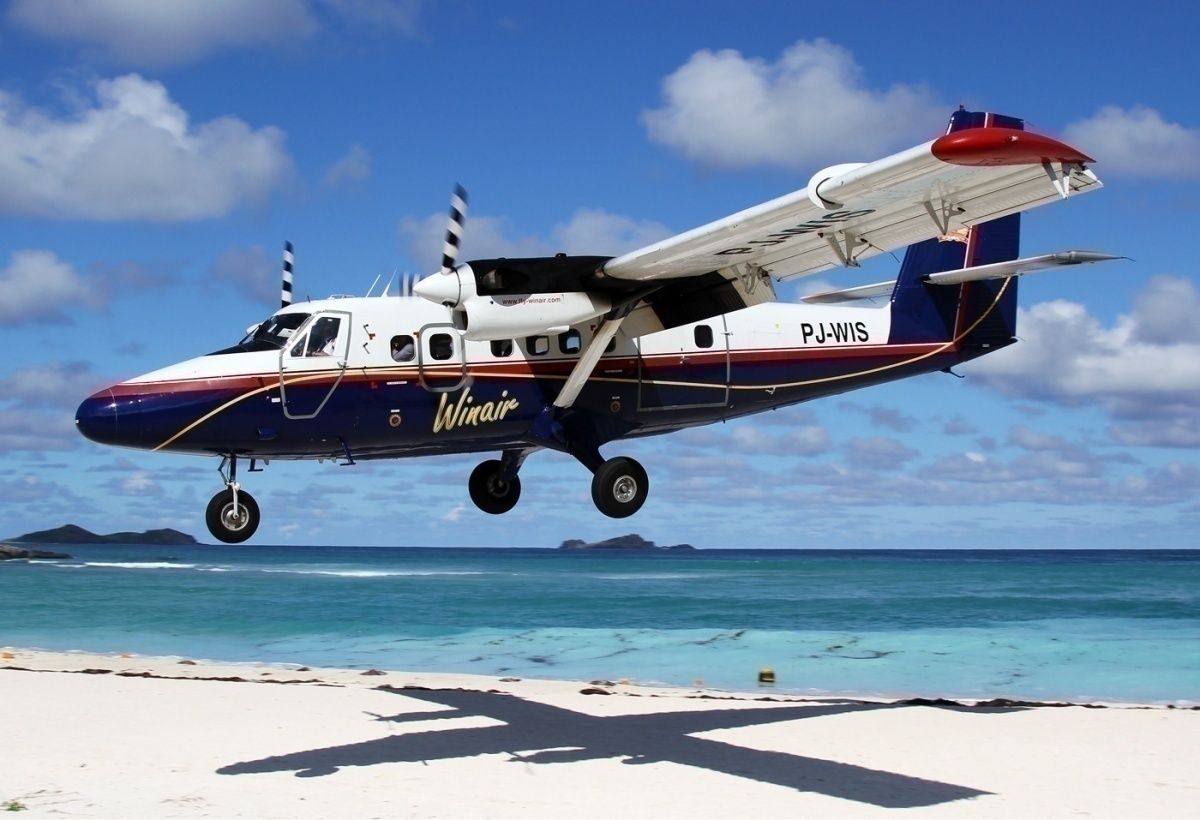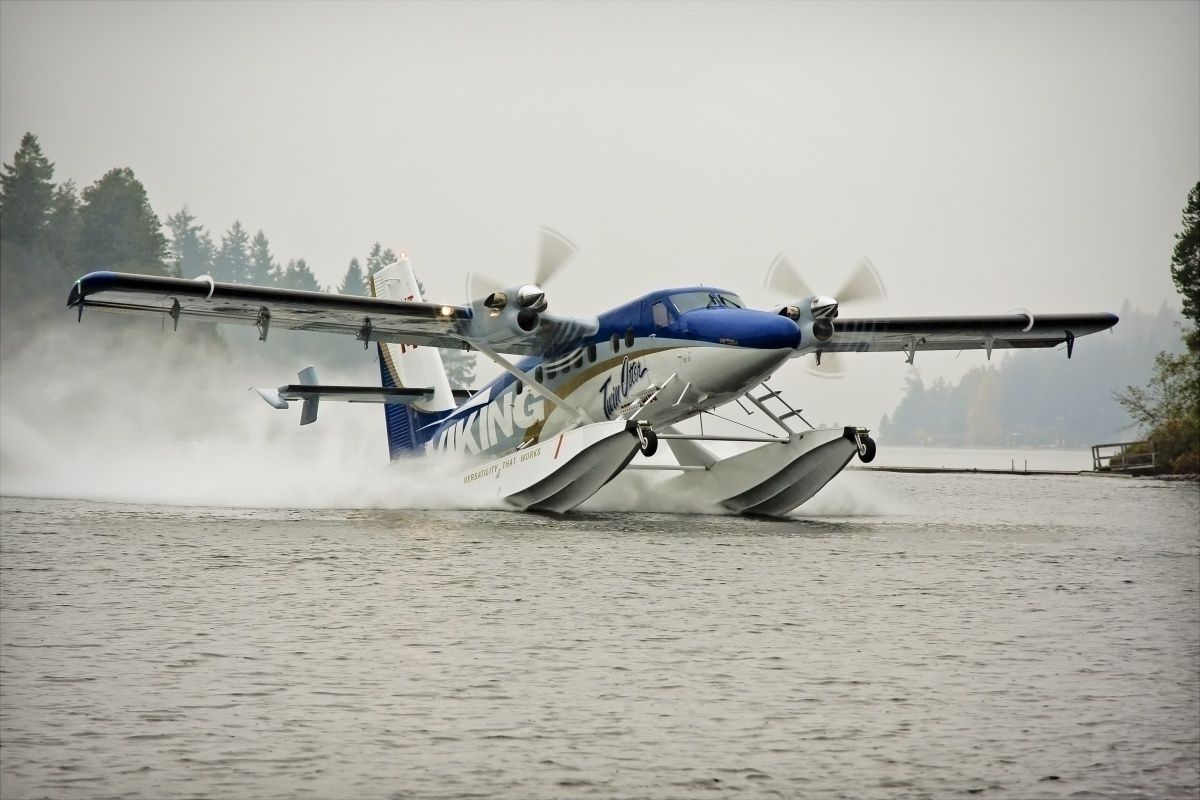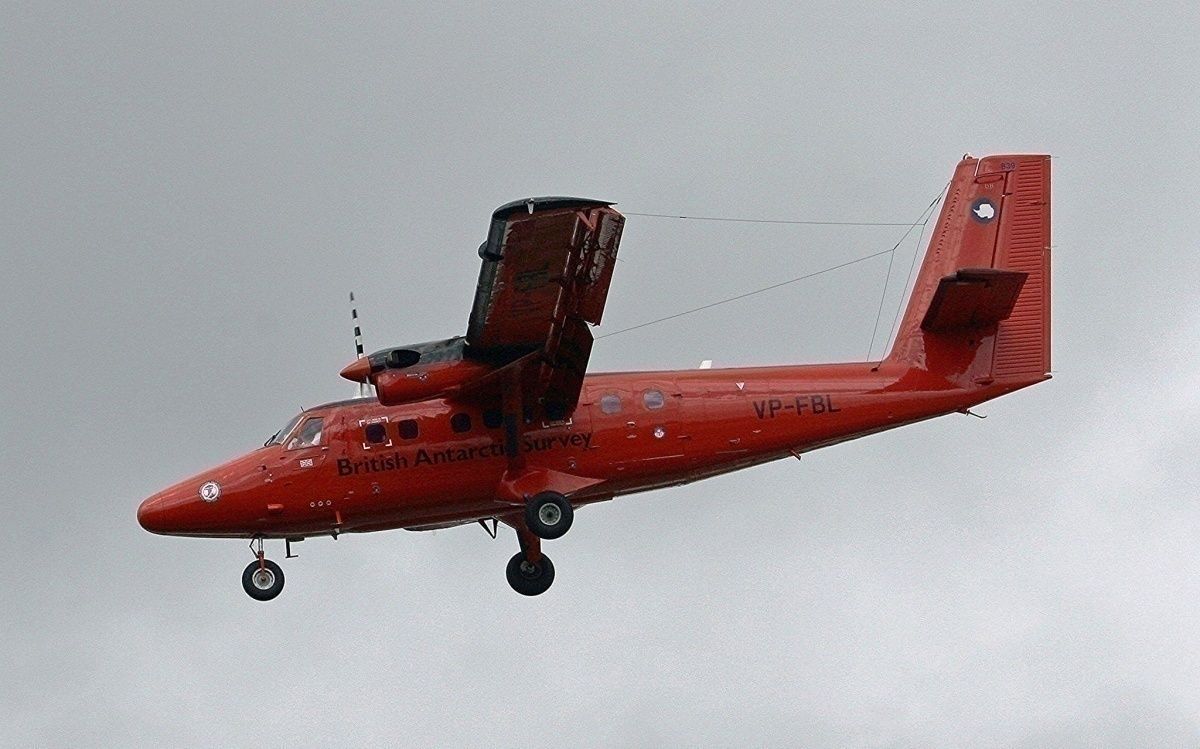I worked on the de Havilland Canada DHC-6 Twin Otter back in the 1980s and was convinced of the fact that this 19-passenger STOL aircraft is one of the most flexible planes ever built. Here is the story of this much loved turboprop.
My experience with the Twin Otter stems from a time when I was working for Southern Jersey Airways at Bader Field in Atlantic City, New Jersey. Here, the runway was only 3,000 feet long and the Intercostal Waterway was at either end. The only aircraft other than private planes that operated out of Bader Field were South Jersey Twin Otters and a De Havilland Canada DHC-7 belonging to Resorts Casino.
Regional commuter flights took passengers to Philadelphia, New York, Washington DC, and Islip (Long Island). On these routes, Southern Jersey's Twin Otters were workhorses that kept on going just like the energizer bunny.
How the Twin Otter came about
De Havilland Canada (DHC) had a history for building well-constructed sturdy bush planes like the DHC-2 Beaver, DHC-5 Buffalo, and the tandem DHC-1 Chipmunk trainer. The manufacturer decided to make a utility commuter plane that could operate nearly anywhere. When the first Twin Otter was introduced in 1966, it could come straight from the factory fitted with floats, skies, or the more typical fixed triangle landing gear.
From the onset, the Twin Otter was a hit in remote regions of northern Canada, Alaska, and a popular choice for small commuter airlines operating from communities that were not profitable for larger carriers.
Despite the Twin Otter being a well-liked aircraft, de Havilland Canada was sold to Boeing in 1986 and the Seattle planemaker stopped making the plane. This move came about despite promises to the Canadian government to keep the Twin Otter in production.
As Boeing began to face stiff opposition from Airbus, the Chicago headquartered company sold DHC to Bombardier Aerospace in 1992. The Montreal planemaker had no interest in reviving the Twin Otter, preferring instead to concentrate on building larger regional aircraft.
The revival of the Twin Otter
While perhaps not of interest to large planemakers who were competing against each other for passenger jet orders, the Twin Otter remained hugely popular with many.
The rebirth of the Twin Otter can be credited to David Curtis, who, in 1992 became CEO of Viking Air. The company specialized in maintenance and production of DHC spare parts after realizing how popular the Twin Otter still was.
While working with companies still flying older DHC aircraft, Curtis often heard them decry the Twin Otter's extinction.
What was attractive to Curtis was that out of the 844 Twin Otters built, 600 were still flying. Despite now having accumulated many flight hours, a second-hand Otter in good condition can sell today for three times what it cost new 30 years ago. Armed with this information, Curtis believed that if the second-hand market was so healthy, demand for newly built Twin Otters would be there too.
Viking to build the Twin Otter in Canada
By the time Viking had searched throughout the world for Twin Otter parts and peppered former DHC employees with questions about how the aircraft was built. To build new Twin Otters from scratch, Viking digitally scanned old plane parts so that they could be reproduced.
When the first Viking Twin Otter took to the skies in 2010, the British Columbia–based company had 41 confirmed orders for the reliable go-anywhere plane.
Today the Twin Otter can be found operating on every continent and is a favorite with the British Antarctic Survey ferrying crew and cargo around at the bottom of the earth.
Do you like me, share a love for the Twin Otter? If so, we would love to hear about your thoughts in the comments section.



